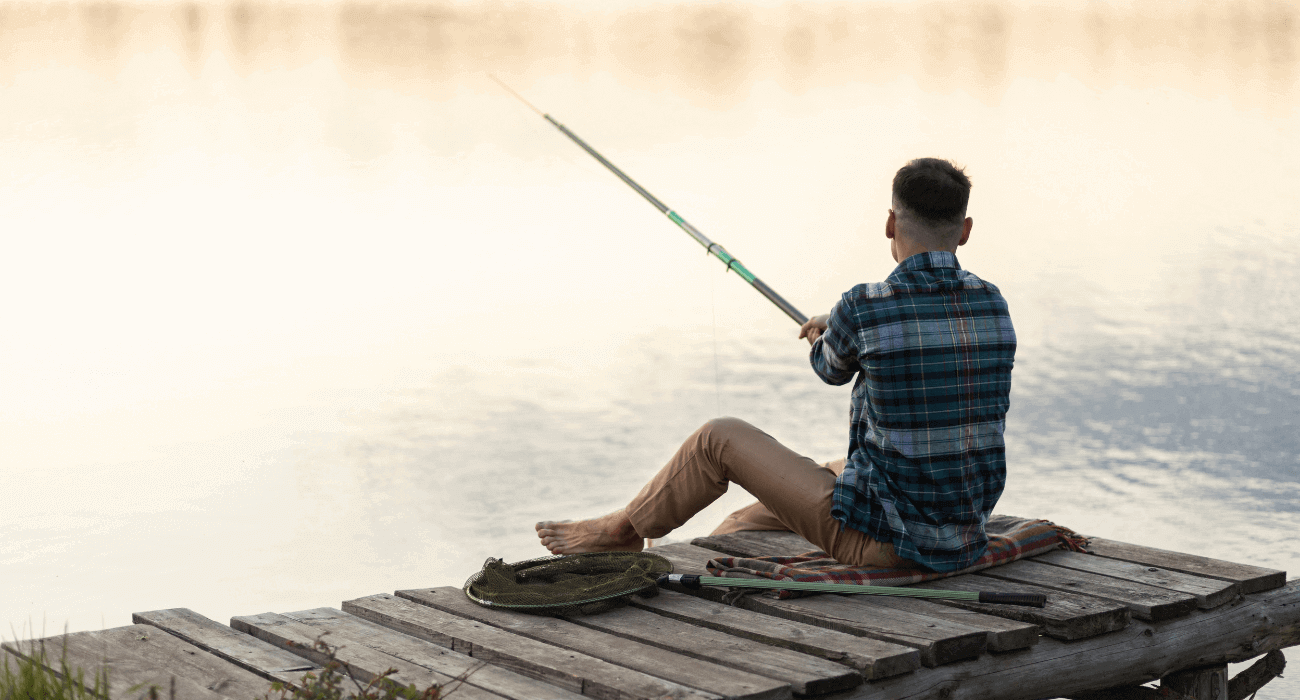As an Amazon Associate, I earn from qualifying purchases
The best time to fish for bass is either early morning or later in the evening. Bass are most active during these periods, especially in the warmer months.
To reel in that prized bass, timing is crucial. Anglers know that success on the water is often dictated by understanding bass behavior and patterns. During the early morning hours, bass are on the hunt for food, making it the perfect time to cast your line.
Similarly, as the day draws to a close, these fish feed aggressively before nightfall. Factors such as weather patterns, water temperature, and the season also play significant roles in bass fishing success. Spring and fall present optimal conditions, with bass more widely distributed and actively feeding in preparation for breeding or winter. Understanding these critical times can transform a quiet day on the lake into a thrilling fishing adventure.
The Allure Of Bass Fishing
The allure of bass fishing grips anglers with its blend of strategy, excitement, and the chance at that big catch. A tug on the line can quicken any fisherman’s pulse, setting the stage for an unforgettable thrill. This leisure activity isn’t just a pastime; it’s a pursuit powered by technique and timing.
The Popularity Of The Sport
Bass fishing commands a dedicated following for good reason. Bass are fighters; they thrash, jump, and dive, making the catch a rewarding experience. Tournaments and recreational fishing alike keep the ardor for bass angling burning bright. The sport offers a mix of physical challenge, nature appreciation, and the sweet taste of success.
- Bold thrill of the catch
- Vibrant community of anglers
- Competitive tournaments
Understanding Bass Behavior
Knowing when to fish for bass hinges on understanding their behavior. Seasonal patterns, water temperature, and time of day all play crucial roles. Bass are most active during lower light conditions, so dawn and dusk are prime fishing times. Season-wise, they typically spawn in the spring, which can make them more aggressive and easier to catch.
| Season | Behavior | Best Fishing Time |
|---|---|---|
| Spring | Spawning, aggressive | Morning, Evening |
| Summer | Seeking shade, deeper water | Early morning, Night |
| Fall | Active, feeding for winter | Late afternoon |
| Winter | Slow, in deep water | Midday, when sun is highest |
Bass Species And Seasonal Patterns
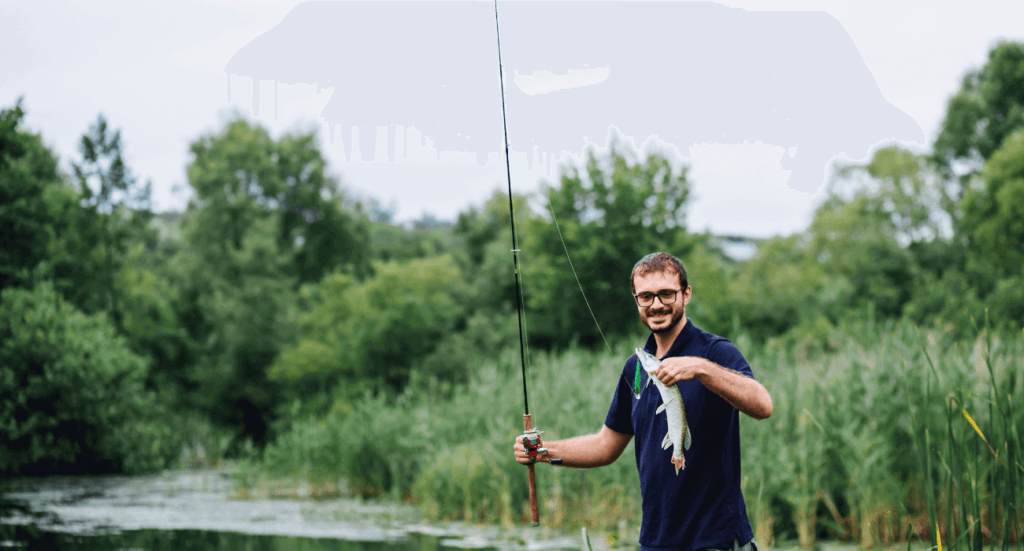
Bass Species and Seasonal Patterns play a pivotal role in determining the best times for fishing. Understanding the habits of different bass species across the seasons can elevate the fishing experience.
Largemouth Vs. Smallmouth Habits
Largemouth and Smallmouth Bass are two popular catches. Each species displays unique behaviors and preferences that anglers must heed for successful outings.
- Largemouth Bass gravitate towards warmer, shallower waters. They often hide near structures like weeds, docks, and logs.
- Smallmouth Bass prefer cooler, deeper waters. Rocky areas and clear lakes are their favorite spots.
| Time of Year | Largemouth Bass | Smallmouth Bass |
|---|---|---|
| Spring | Active in shallow waters for spawning | Moves shallow for spawning; prefers clear water |
| Summer | Stays near vegetation for cooler conditions | Lingers in deep spots; comes shallow during dawn and dusk |
| Fall | Feeds aggressively near shallow and deep water transitions | Feeds in shallow waters to prepare for winter |
| Winter | Less active; moves to deeper, stable waters | Also less active; can be found in deeper, slow-moving water |
Seasonal Movements Of Bass
Bass behavior changes with the seasons. This affects where and how anglers should fish for them.
- Spring: Bass migrate to shallow water to spawn. Look for active fish in warming waters.
- Summer: As temperatures rise, bass seek cooler, oxygen-rich water. Target deep structures or shaded areas.
- Fall: Bass fatten up for winter. They’re hungry and more likely to bite. Fish around areas with baitfish.
- Winter: Bass slow down in cold water. Use slow-moving baits in deeper zones where bass retreat.
Anglers should adjust their strategies to match these patterns for best results.
The Impact Of Weather Conditions
Weather conditions greatly influence bass fishing success. Knowing how weather patterns affect bass behavior can lead to a more fruitful fishing experience. Here’s how barometric pressure and temperature fluctuations play a role.
Barometric Pressure And Bass Activity
Bass, like many fish, are sensitive to changes in barometric pressure. Their swim bladders react to pressure variations, altering their buoyancy and behavior. Inspect these patterns:
- High pressure: Bass become lethargic and tend to hold close to cover.
- Low pressure: Bass are more active, likely to feed, and roam more openly.
- Stable pressure: Predictable bass activity, stick to proven techniques.
Effect Of Temperature Fluctuations
Temperature impacts bass metabolism and feeding habits. Grasp the basics:
- Cold water: Slows bass down; they prefer slow-moving baits.
- Warm water: Energizes bass; they chase faster-moving lures.
- Sudden changes: Temporarily confuse bass. They might not bite until conditions stabilize.
Successful anglers pay close attention to both barometric pressure and temperature changes to adjust their tactics and increase their chances of a good catch.
Time Of Day Matters
Fishing for bass is not just about where you cast your line, but also about when you do it. Time of day can have a big impact on your catch rate. Bass behavior changes throughout the day, and anglers need to adapt to these changes to increase their chances of a successful outing.
Dawn And Dusk: Prime Bass Fishing Times
The early bird catches the worm, and the early angler catches the bass! Dawn and dusk are golden hours for bass fishing. During these times, bass are very active and feed aggressively. Aim to be on the water as the first light breaks or when the sky starts to darken.
- Lower light conditions make bass less wary and more likely to strike.
- Fish use shallow waters to hunt during these hours.
- Be ready for explosive topwater action.
Night Fishing Considerations
Fishing at night might be challenging, but it can also be highly rewarding. Here’s what to consider for a successful nocturnal angling:
| Consideration | Details |
|---|---|
| Safety First | Use lights, wear a life jacket, and be familiar with the water. |
| Gear | Bring luminous lures, flashlights, and bug repellent. |
| Fish Location | Bass often lurk around structures or in deeper water at night. |
The Moon Phase Factor
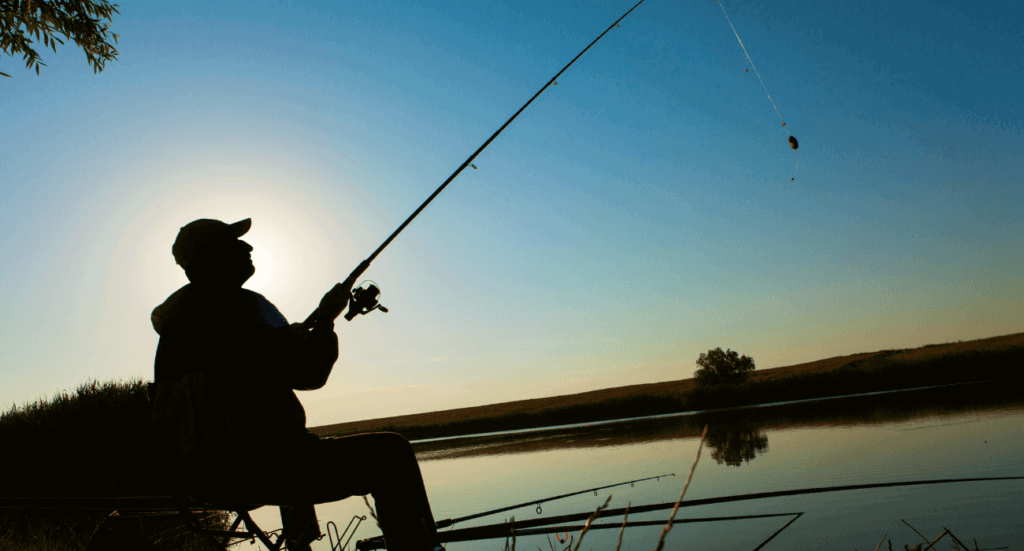
Fishing for bass can be exciting and productive, but knowing the best time to fish can make a significant difference. Many anglers believe that moon phases play a crucial role in fish behavior. Understanding how these cycles affect bass can help you plan your next trip for maximum success.
Solunar Theory In Fishing
Solunar theory suggests that the sun and moon’s positions influence fish activity. Bass, like many other species, tend to feed more at certain times. These times align with the moonrise and moonset. As the moon influences tides, it also affects inland water bodies. This can trigger bass feeding frenzies.
Consider these moon phases for bass fishing:
- New Moon: It can bring increased bass activity.
- Full Moon: Often leads to brighter nights and active fish.
- Quarter Phases: Can also be productive, though not as much as new or full moons.
Planning Around The Lunar Calendar
When you plan your bass fishing trips, check the lunar calendar. Aim for dates close to the new or full moon. Don’t ignore the minor and major solunar periods. These are the times during the day when fish especially bass, are more active. Major periods correspond with moonrise and moonset. Minor periods occur during the moon’s overhead and underfoot positions.
| Moon Phase | Major Period (Best Time) | Minor Period (Good Time) |
|---|---|---|
| New Moon | Moonrise/Moonset | Overhead/Underfoot |
| Full Moon | Moonrise/Moonset | Overhead/Underfoot |
Chart your fishing days with these moon periods in mind. Note the weather and your local environment for an even better chance. Clear skies and stable weather patterns during these moon phases can increase your chances further.
Water Clarity And Light Penetration
Bass fishing success can hinge on understanding water clarity and light penetration. These two elements deeply affect bass behavior and visibility. Anglers need to adjust their strategies to suit the water conditions. Clear waters require stealth and finesse, while murky waters might call for louder, more vibrant lures to get bass attention. Let’s delve into options for both environments and how to adapt to changing light conditions for that perfect catch.
Best bass fishing in clear vs. murky waters
Best Bass Fishing In Clear Vs. Murky Waters
Clear water means bass can see well. Use natural-looking lures. Move slowly to avoid spooking fish. In murky water, opt for noisy lures. Bright colors attract bass.
| Water Clarity | Lure Selection | Technique |
|---|---|---|
| Clear Water | Natural, Subtle Colors | Slow, Stealthy Approach |
| Murky Water | Bright, Vibrant Colors | Active, Noisy Lures |
Adapting To Different Light Conditions
Sunrise and sunset offer prime light for bass fishing. Bass feed actively during these times. During midday brightness, fish deeper waters. Use heavier tackle.
- Low light: Dawn or dusk, use topwater lures.
- Bright light: Midday, fish shadows or covered areas.
- Overcast: Conditions ideal for bass, use a mix of lures.
Local Knowledge And Seasonal Events
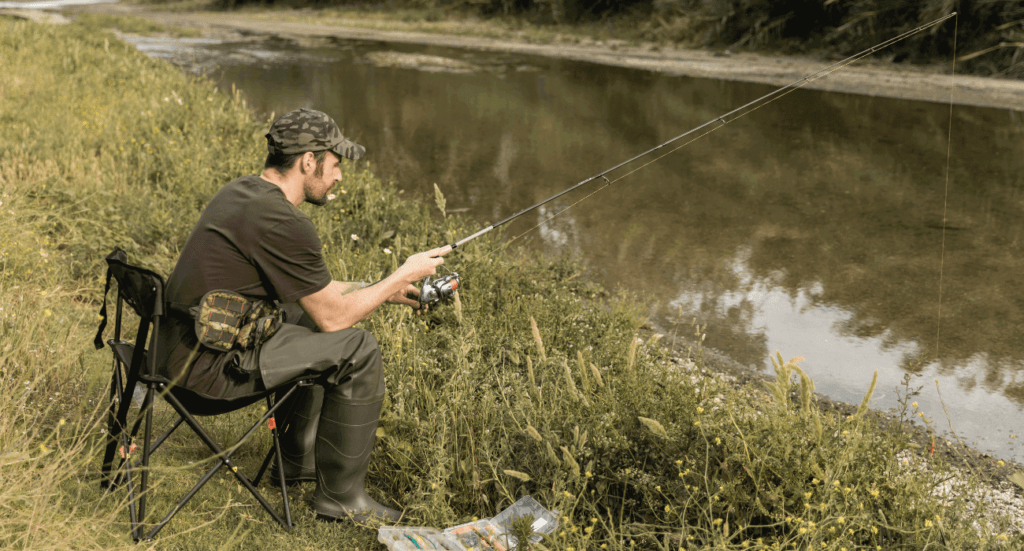
Understanding the Local Knowledge and Seasonal Events plays a crucial role in successful bass fishing. Each region has its unique patterns and timings. To unlock the secrets of the waters, engage with seasoned anglers and keep an eye on natural cues.
Importance Of Local Fishing Reports
Local fishing reports are treasure maps for anglers. They provide real-time updates on where the bass are biting. These reports often detail:
- Water temperature
- Fish activity
- Bait preferences
- Weather conditions
Regularly check these reports from local bait shops and online forums. Use this information to plan your next fishing trip.
Annual Spawning Seasons
Bass behavior changes with the seasons. Be aware of the spawning period in your area, as bass become more aggressive. The table below shows typical bass spawning times:
| Season | Timeframe | Location |
|---|---|---|
| Spring | February to May | Southern USA |
| Spring | May to June | Northern USA |
Target these prime spawning months for the best chances to catch bass. Consult with locals to narrow down the peak weeks within these broader timeframes.
Choosing The Right Gear
Anglers know the thrill of the catch starts with the right tackle. To hook that prize bass, gear matters as much as timing. Here’s how to equip for success!
Selecting Lures Based On Conditions
Bass fishing is a game of strategy, where your lure is your pawn. Think like a chess master and choose wisely.
- Bright sunlight – Reach for metallic or flashy lures to catch the glare.
- Overcast – Vibrant colors become your ally, with oranges and reds leading the charge.
- Darker waters – Glow in dark or bright white lures will stand out.
Match your lure to these conditions, and you’ll be on your way to a bass bonanza!
Importance Of The Right Fishing Line
Your line is the silent hero in any fishing tale. Pick a weak one, and you risk the story that got away.
| Line Type | Benefits | Best Use |
|---|---|---|
| Monofilament | Stretchy and forgiving | Topwater bait |
| Fluorocarbon | Almost invisible, less stretch | Clear waters |
| Braided | Strong, no stretch | Heavy cover fishing |
Consider water visibility, cover type, and lure choice when selecting your line. Going prepared will set you apart from weekend anglers.
Pro Tips From Experienced Anglers
Pro Tips from Experienced Anglers can make the difference between an average day on the water and an unforgettable bass fishing adventure. These insider strategies come from those who’ve spent countless hours perfecting their craft, and they’re here to help you make the most of your time fishing for bass.
Techniques For Maximizing Catches
Every seasoned angler knows that mastering the right techniques can significantly increase your bass haul. Here are the top recommendations:
- Pay Attention to Water Temperature: Bass behavior changes with water temp. Target 55 to 65 degrees for the active fish.
- Focus on Cover: Bass love hiding places. Cast near logs, rocks, and vegetation.
- Use the Right Lures: Match your lure to the day and water conditions. Soft plastics work well for slower bites, while crankbaits are good when bass are active.
- Sunrise and Sunset: Fish during these times. Bass are more active and likely to bite.
Applying these techniques increases your chances of a bountiful catch.
Mistakes To Avoid
Even with the best techniques, certain missteps can ruin your bass fishing day. Steering clear of these errors is key:
- Overlooking Weather Patterns: Bass patterns shift with the weather. Stay aware and adapt.
- Ignoring Local Insight: Local anglers often know best. Don’t dismiss their advice about when and where to fish.
- Forgetting to Retie: Regularly check and retie knots to avoid losing lures and fish.
- Using Dull Hooks: Sharp hooks ensure better hooksets. Check and sharpen hooks often.
Heeding these pro tips and avoiding common pitfalls will set you on the path to success with bass fishing.
Best Practices For Sustainable Fishing
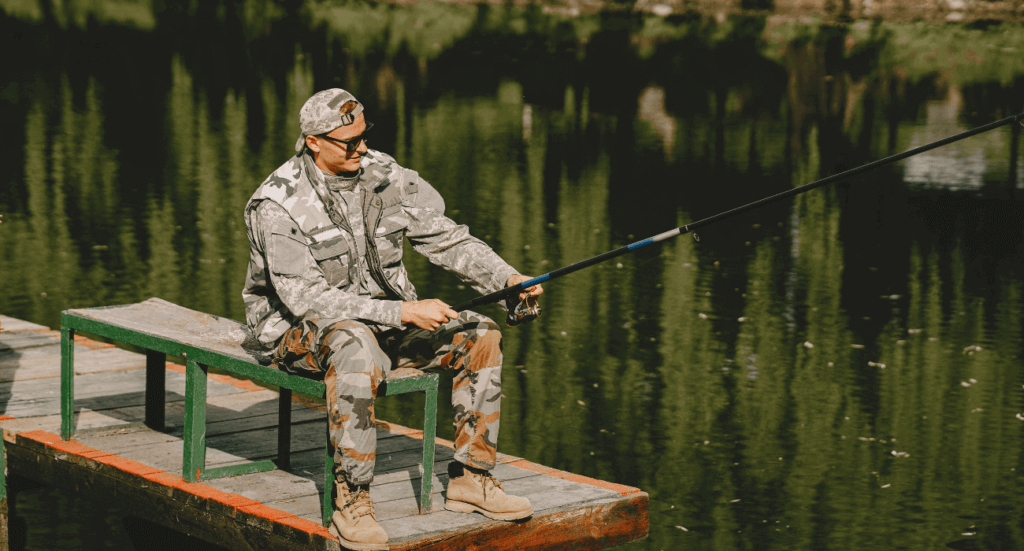
The thrill of bass fishing often brings anglers of all levels to lakes and rivers. To protect these waters and fish populations, let’s focus on sustainable practices.
Catch And Release Ethics
To ensure the future of bass fishing remains bright, we must handle our catches responsibly. The catch and release method enables fish populations to thrive.
- Use barbless hooks for easier release and less injury to the bass.
- Always wet your hands before handling the fish. This protects their slime coat.
- Handle bass as little as possible. Limit the time they spend out of water.
- If taking photos, be quick and keep the fish horizontal to avoid damaging their organs.
- Recover fish in the water before releasing. Support their bodies until they swim away.
Conservation Tips
Our actions on the water can support bass conservation. Adopt these habits to protect their habitat.
| Conservation Tip | Impact |
|---|---|
| Pick up trash | Keeps water clean for fish and other wildlife. |
| Avoid disturbing vegetation | Preserves natural cover for bass habitats. |
| Follow local regulations | Helps maintain a balanced ecosystem. |
| Practice selective harvesting | Sustains fish populations by only keeping some catches. |
Always check for seasons and limits. Follow these rules to ensure bass are around for years to come.
Frequently Asked Questions On When Is The Best Time To Fish For Bass
What Month Is Best For Bass Fishing?
The best month for bass fishing is generally April, when the spring weather triggers active spawning behaviors.
What Time Of Day Are Bass Most Active?
Bass are most active during the early morning and late afternoon hours. Peak activity often occurs around dawn and dusk.
What Is The Best Bait For Bass Fishing?
The best bait for bass fishing often includes plastic worms, live shad, and crankbaits. Experimentation with local favorites and varying conditions can yield the best results.
What Time Of Year Do Bass Hit Topwater?
Bass typically hit topwater lures during warm months, primarily in early morning and late afternoon hours. Peak seasons are spring to fall.
What Season Is Best For Bass Fishing?
Springtime is often considered the best season for bass fishing due to the pre-spawn and spawning periods.
Are Certain Times Of Day Ideal For Bass?
Early morning and late afternoon are prime times for bass fishing as fish are more actively feeding.
Does Weather Impact Bass Fishing Success?
Yes, stable weather with slight barometric changes can significantly increase your chances of a successful bass catch.
What Lunar Phases Favor Bass Fishing?
Bass fishing is generally more productive around the new moon and full moon due to increased fish activity.
Can Water Temperature Affect Bass Activity?
Definitely, bass are more active in warmer water, with optimal temperatures ranging from 55°F to 70°F.
Is Bass Fishing Good In The Rain?
Light rain can be beneficial for bass fishing as it can lead to increased feeding activity and lower visibility for the fish.
Conclusion
Unlock the secrets of successful bass fishing by choosing the right time. Dawn and dusk remain prime for casting your line, as bass are most active. Factor in weather patterns and moon phases for an optimal experience. Embrace the rhythmic dance with nature, and enjoy the thrill of reeling in a trophy catch any season of the year.
As an Amazon Associate, I earn from qualifying purchases

